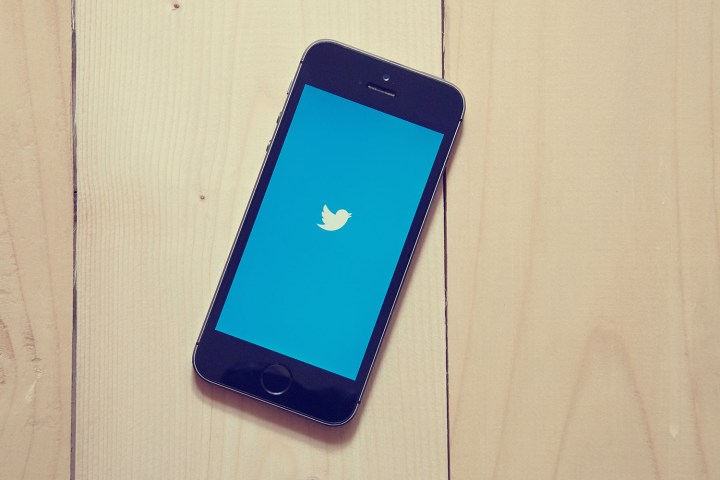
In Twitter’s words, night mode lets you “tweet in the dark.” Once enabled, night mode transforms the shade of the Twitter app from white to navy blue, and changes the text color for tweets from black to white. The feature is designed to make it easier to browse and interact with the app in low light conditions.
With the Twitter update installed, you can toggle night mode on and off at any time from within the app. All you have to do is tap the gear icon that sits on your profile tab and then select the settings option. Night mode is located under the “display and sound” section, where it can be enabled and disabled by swiping left or right.
Night mode landed on Twitter for Android in July. At the time, Twitter promised an iOS rollout, which has now arrived almost a month later. The feature was previously available on the popular Android Twitter client Falcon Pro. Twitter nabbed Falcon Pro developer Joaquim Vergès to work on its official app last year, as noted by The Verge. In the lead-up to the night mode Android launch, Vergès shared a series of tweets confirming that he was working on a “massive visual change” for the Twitter app. Twitter for iOS beta users began seeing the feature earlier this month, hinting that its rollout was imminent.
Night mode marks Twitter’s biggest design change since it embraced Google’s Material Design guidelines for its Android app in June. Meanwhile, its long-promised alterations to its core experience (including updates to the type of media that counts towards the 140-character limit of a tweet) remain in the pipeline.


